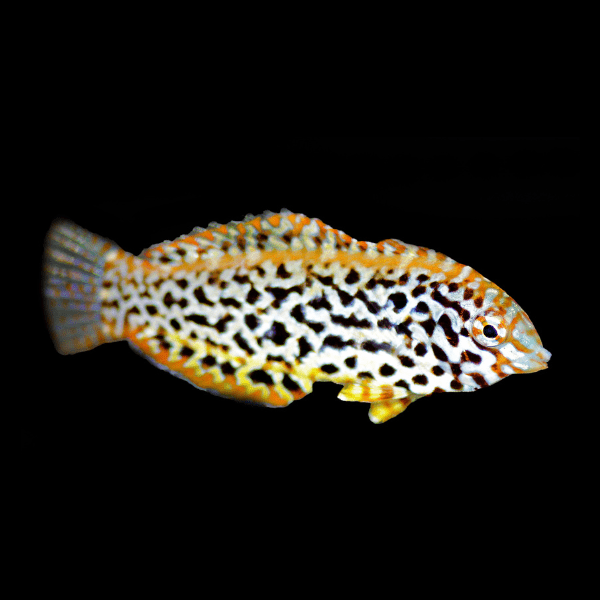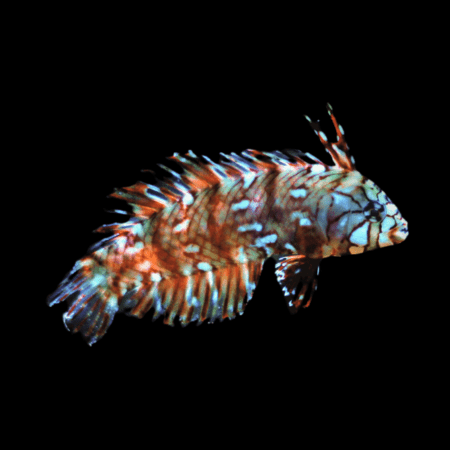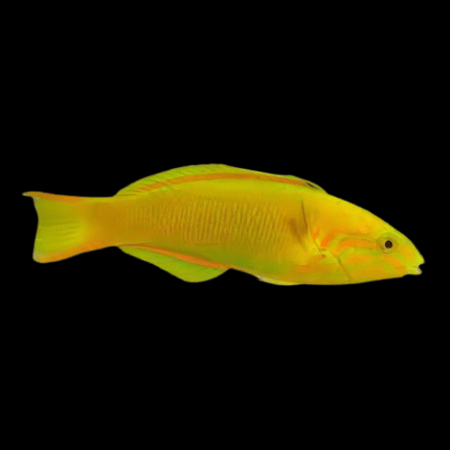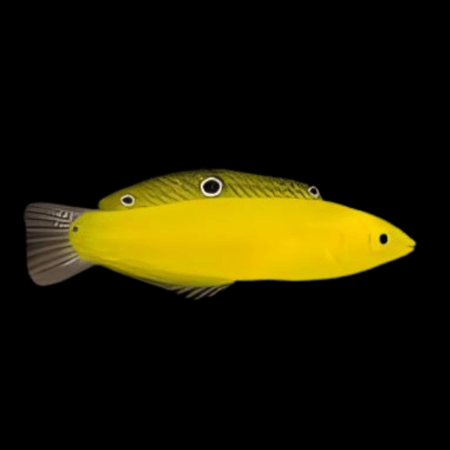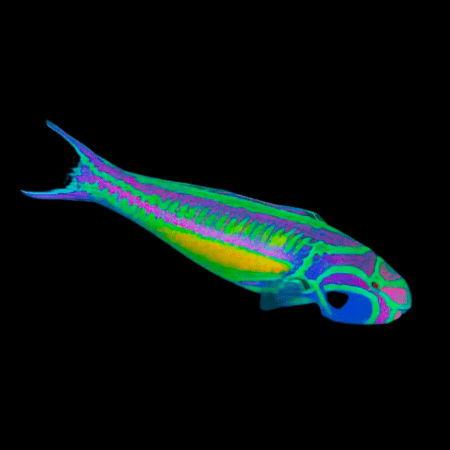Description
Fiji Leopard Wrasse Macropharyngodon Meleagris
The Fiji Leopard Wrasse, scientifically known as Macropharyngodon Meleagris, is a captivating species popular among marine aquarium enthusiasts for its vibrant colors and fascinating behavior. This species is native to the Indo-Pacific region, particularly found in coral-rich environments, shallow lagoons, and reef flats with sandy substrates where they can bury themselves at night or when feeling threatened 3.
Overview
The Fiji Leopard Wrasse is a peaceful species but may become territorial towards conspecifics or similar-shaped fish. To minimize aggression, it’s recommended to provide plenty of hiding spots and space 3.
Feeding Habits
In captivity, the Fiji Leopard Wrasse should be offered a varied diet consisting of high-quality frozen or live foods such as mysis shrimp, brine shrimp, and chopped seafood. They may also accept quality pellet or flake foods formulated for carnivorous marine fish 3.
Origin
This species originates from the Indo-Pacific region, spanning from the Cocos-Keeling Islands in the eastern Indian Ocean to the western Pacific and islands of Oceania 1.
Suitable Tank Mates
Ideal tank mates for the Fiji Leopard Wrasse include peaceful species such as clownfish, gobies, blennies, and peaceful tangs. However, caution should be exercised when keeping them with small crustaceans or other tiny invertebrates, as they may be perceived as prey 3.
Aggression Level
The Fiji Leopard Wrasse generally exhibits a peaceful temperament but can become aggressive towards other wrasses or similar-shaped fish 3.
Recommended Experience Level
This species is recommended for experienced marine aquarium enthusiasts due to its difficult care level and specific feeding requirements 1.
Necessary Water Parameters
- Minimum Tank Size: A minimum tank size of 70 gallons is recommended for a single Fiji Leopard Wrasse, with larger tanks preferable for multiple specimens or mixed communities 3.
- Substrate and Decor: A sandy substrate is essential to mimic their natural habitat, along with plenty of live rock formations for hiding and exploration 3.
- Water Conditions: Maintain stable water parameters with a pH of 8.1 to 8.4, salinity levels of 1.020 to 1.025, water temperature between 74°F to 78°F (23°C to 26°C), and moderate to high water flow
